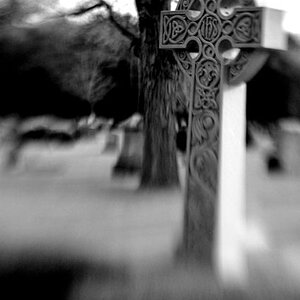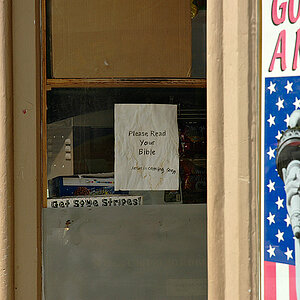Gavjenks
TPF Noob!
- Joined
- May 9, 2013
- Messages
- 2,976
- Reaction score
- 588
- Location
- Iowa City, IA
- Can others edit my Photos
- Photos OK to edit
I don't use it (generally) but I set my release to lock AF/Exposure so that I can recompose. Simply locking focus and recomposing while using BBF will allow exposure to change if using center or spot metering as I do. Or am I missing something?
Also an option. Technically this is not quite as powerful as back button focus, though, because there's no way to ONLY focus without, say, metering or engaging IS if it is available.
Not that I can think of any particular situation where that would be very useful. Other than just saving a small amount of batteries on average.
Additionally, though:
Button 1 = "A and B" Button 2 = "notA"
involves a conditional relationship more logically complex than the additive relationship in:
Button 1 = "A" Button 2 = "B"
Which also means it's easier for me to mess up while under stress.


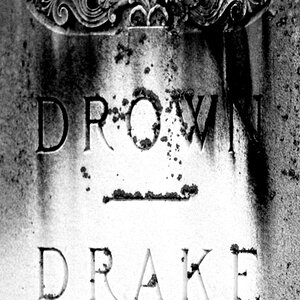

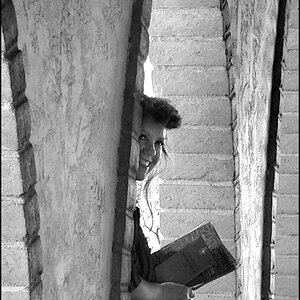
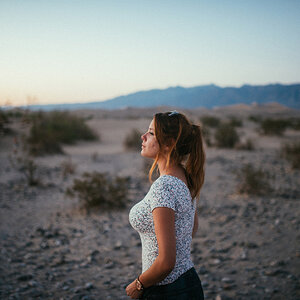
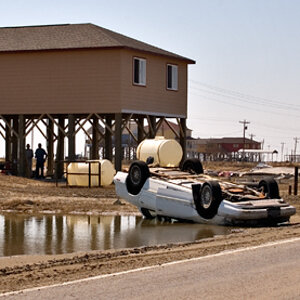


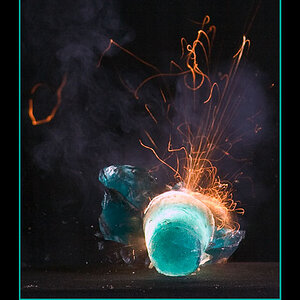
![[No title]](/data/xfmg/thumbnail/34/34067-9bb852bbf811fde3ef7941f42366412b.jpg?1619736262)
